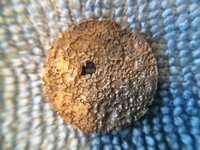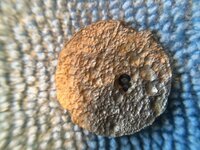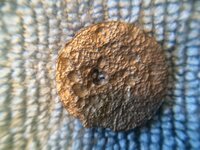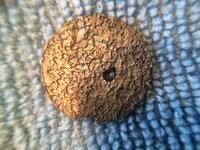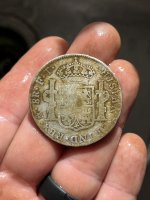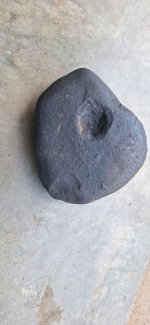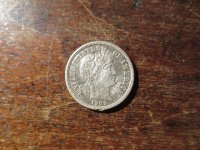Crispin
Silver Member
- Jun 26, 2012
- 3,584
- 2,856
- Detector(s) used
- Coinmaster Pro, Sand Shark
- Primary Interest:
- Other
Hey folks,
I've been working with Don I trying to identify these in the Spanish Cob section. Wonder if anybody had any ideas. The best featured coin is currently 19.5mm, 1.28g, and nitric acid tested for silver. The area I am hunting is on the Gulf Coast, Spanish port, where Native Americans traded and interacted. I realize these probably can't be identified but would appreciate ideas. Thanks for looking.
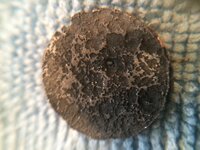
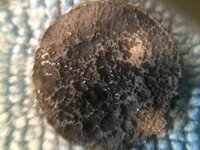
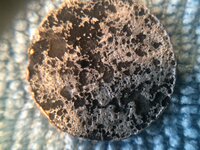
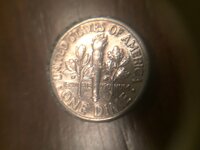
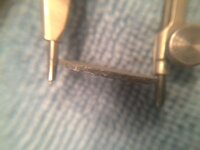
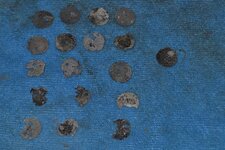
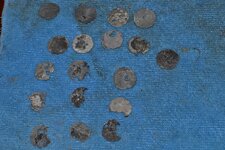
I've been working with Don I trying to identify these in the Spanish Cob section. Wonder if anybody had any ideas. The best featured coin is currently 19.5mm, 1.28g, and nitric acid tested for silver. The area I am hunting is on the Gulf Coast, Spanish port, where Native Americans traded and interacted. I realize these probably can't be identified but would appreciate ideas. Thanks for looking.










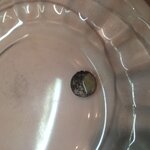
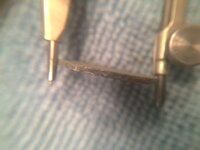

 Is a cob different than a dime in the metal. the way it was stamped. Can the metal be looked at under a microscope of some kind to see what the pressures did to the metal. Or can acid bring back some minute detail from the stretched or pulled metal, like bringing back ground off serial numbers on a gun.
Is a cob different than a dime in the metal. the way it was stamped. Can the metal be looked at under a microscope of some kind to see what the pressures did to the metal. Or can acid bring back some minute detail from the stretched or pulled metal, like bringing back ground off serial numbers on a gun.
